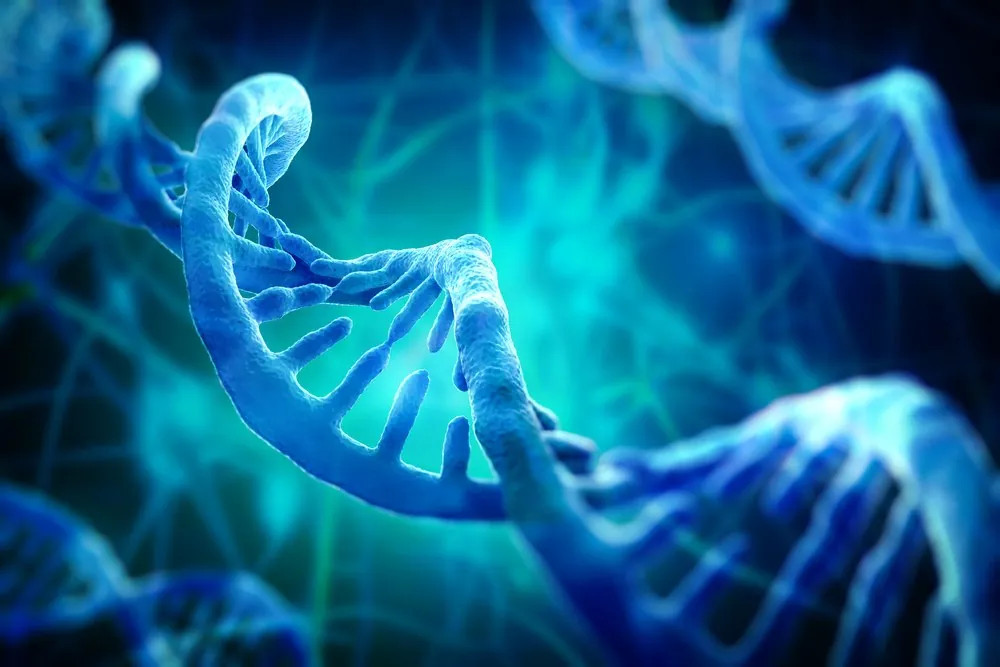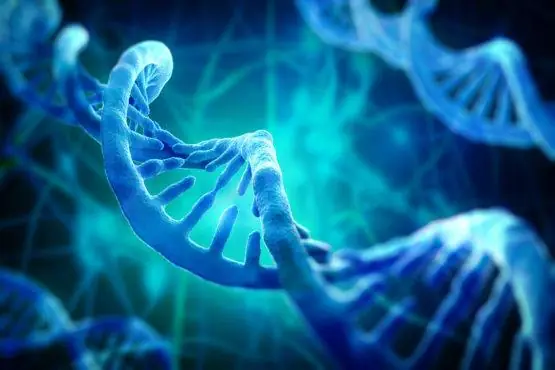The CRISPR system (Clustered Regularly Interspaced Short Palindromic Repeats) has exploded onto the biotech sector as a relatively simple, highly efficient, and fast method for precisely introducing breaks into genomic loci [1-2]. The realization that it is a prokaryotic acquired immune system, although less often mentioned, has been equally paradigm changing [3]. Ironically, it’s the system’s high efficiency that poses a problem when editing mammalian genomes, a problem that Paquet et al. ingeniously solve in this new study.
In very brief summary, two components are required for the CRISPR system to function: a protein endonuclease, termed Cas9 in the original system, and a short “guide” RNA (gRNA) that guides the endonuclease to a complementary genomic site corresponding to the 5′-terminal 20 bases of the gRNA. These are usually expressed from one plasmid.
A second necessity for the system to function is the presence of a short sequence present in the genomic target site that is adjacent to the gRNA target site. This is termed the Protospacer Adjacent Motif (PAM) and varies between different versions of Cas proteins, with NGG being recognized by the original system adapted from the bacterium S. pyogenes.
Since then, the CRISPR system toolkit has been expanded to not only to nick and induce double-stranded breaks in DNA but also cleave RNA, activate and repress genes, fluorescently label genomic loci, recognize different PAM sites, and introduce epigenetic modifications [4-8]. Its original use, however, has been to create a precise double-stranded break at genomic loci for the purpose of accurately modifying genomes.
This second modification step requires the presence of a homology mediated repair (HMR) DNA template, which the cell’s endogenous repair enzymes use to copy in the modified sequence. This is the troublesome step in which low efficiency still plagues researchers who wish to genetically modify loci accurately in mammalian cells. Because the CRISPR system is so efficient, it can re-bind to the endogenous PAM site and re-cut the locus.
A problem with accuracy
In mammalian cells, the error prone NHEJ (Non Homologous End Joining) repair pathway is dominant, leading to insertion/deletion mutations in the majority of targeted cells. Thus, only a small percentage of CRISPR-altered mammalian cells actually have the precise modification that you want. This also makes it difficult to generate heterozygote cell lines, as the majority of the time, both alleles on both chromosomes will be targeted and altered.
To solve this problem, Paquet et al. have developed and expanded a technique initially shown to work in prokaryotes to now avoid such re-cutting in mammalian cells in an Alzheimer’s model system [9].
In what is possibly one of the most contorted recursive acronyms ever devised, their ingenious system, termed CORRECT (COnsecutive Re-guide or Re-Cas steps to Erase CRISPR/Cas-blocked Targets), works by introducing “blocking” mutations into either the PAM site or the guide RNA binding site on the HMR template. Doing so means that, after the CRISPR system has recognized either the native PAM or guide RNA binding site in the genomic locus, the introduced modification will also contain new mutant PAM and/or guide RNA binding sites that are not recognized.
This greatly enhances the frequency of correct mutants from about 20% in HMR targeted cells to about 80%. Furthermore, the mutant PAM and guide RNA binding sites can then be reverted back to normal using a second round of CRISPR, generating a truly scar-less site. Not content there, the authors also present two additional techniques that can readily generate heterozygote mutant cell lines as well. This year, Kwart et al. have published the detailed protocols for these methods [10]. At least one additional problem needs to be solved to make CRISPR work optimally in mammalian cells.
This is centered on the very low efficiency of HDR vs. NHEJ, with the latter being favored. Although the authors demonstrated that the efficiency of obtaining correct HMR modified cells rose to 80-90%, one must realize that this percentage is only out of those cells that initially used HMR. That total is only 1-10% of all modified cells; the majority of 90-99% used error-prone NHEJ.
Conclusion
Once this hurdle is finally overcome, and many groups are actively working on solving this problem, the CRISPR system for genome modification may very well become as close to perfect as is physically possible.





